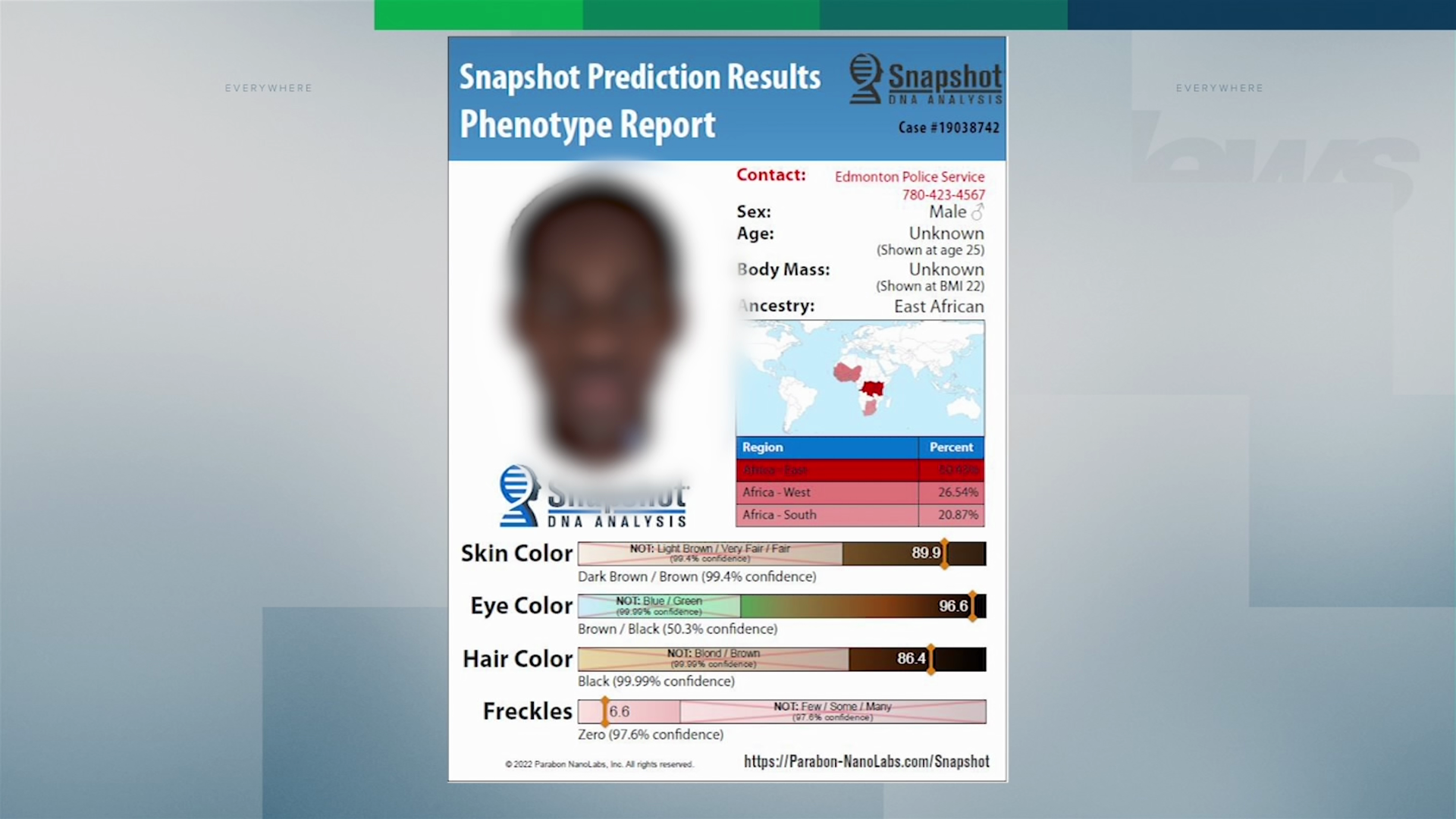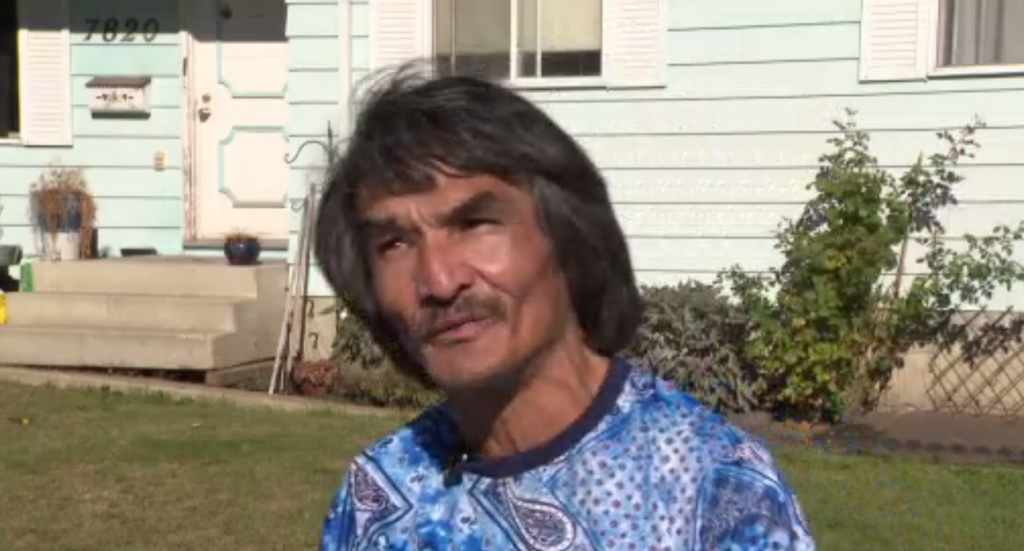Edmonton police apologize after racial stigma created by DNA phenotyping suspect image

Posted October 6, 2022 3:02 pm.
Last Updated October 8, 2022 9:00 am.
Edmonton Police are apologizing for releasing a suspect image formulated using DNA phenotyping – a photo that critics claimed was too “broad,” created more stigma, and criminalized the Black community.
The photo was created for Edmonton police and shows a Black man’s face whose features were constructed by phenotyping – the process of predicting physical appearance and ancestry from unidentified DNA evidence. However, important traits like age, weight, hair, and distinct features can’t be determined by DNA.

Composite DNA profile of suspect from Parabon NanoLabs, which CityNews has since blurred. (Photo Courtesy: Edmonton Police Service)
Police shared the photo on social media, but have since deleted the posts, which has also received criticism from users on the platform.
"we're gonna keep using the racial profiling technology, we just won't tweet about it" pic.twitter.com/ksNbrZcTf9
— Disco Volante (@discovolante0) October 6, 2022
BACKGROUND: Edmonton police use DNA phenotyping in sexual assault investigation
“The violent nature of the assault, and the fact that the victim lost consciousness, and the suspect was wearing bulky winter clothing, a face mask, meant that we had very little to work with,” said Enyinnah Okere, Chief Operations Officer for the Edmonton police.
Investigators said earlier in the week, DNA phenotyping was their last resort to gain leads for a 2019 sexual assault case that nearly killed a young woman in her mid-20s who was found in only a t-shirt in the area of 103 Street and 114 Avenue on a -27 C morning in March.
“I prioritized the investigation, which in this case involved the pursuit of justice for the victim – herself a member of the racialized community – over the potential harm to the Black community,” Okere said.
Edmonton police Chief Dale McFee says he wasn’t involved in the DNA phenotyping project, but he believes it was done for the right reasons.
“It’s not like you’re going to go out and get somebody that meets that description and arrest [them]. It’s ‘do you get leads,’ and then you apply subject matter expertise,” McFee told CityNews.
Both the Chief and Okwew say they are trying to find leads for the case while learning from their mistakes.
“There’s a victim of a racialized person whose life’s a mess, that has life-changing disabilities, and we have to be very clear that when there’s nothing left we’ve got to unturn every stone,” McFee said.
Investigators say they haven’t received any new leads or tips from witnesses since the DNA-based photo was released Tuesday.








